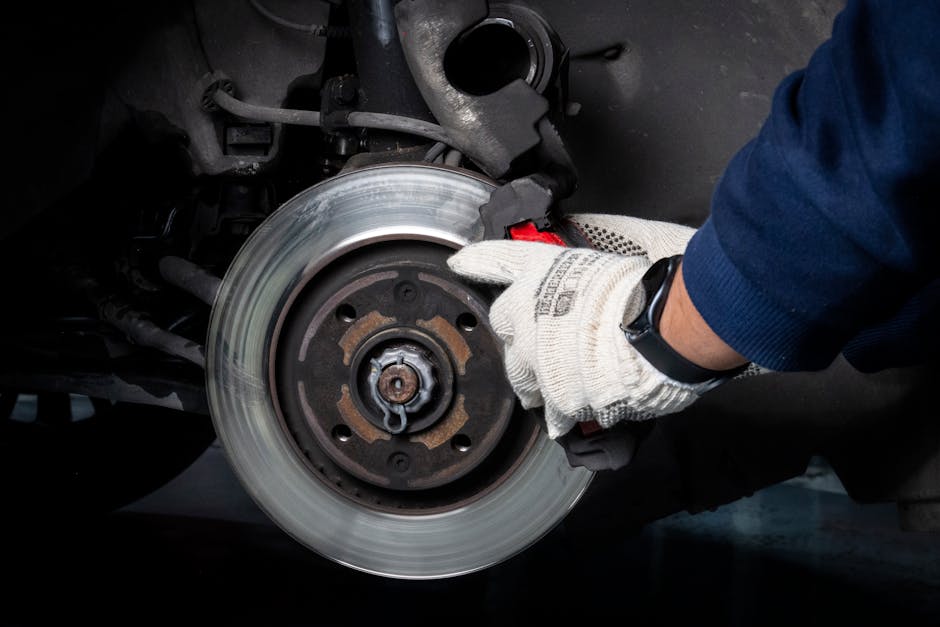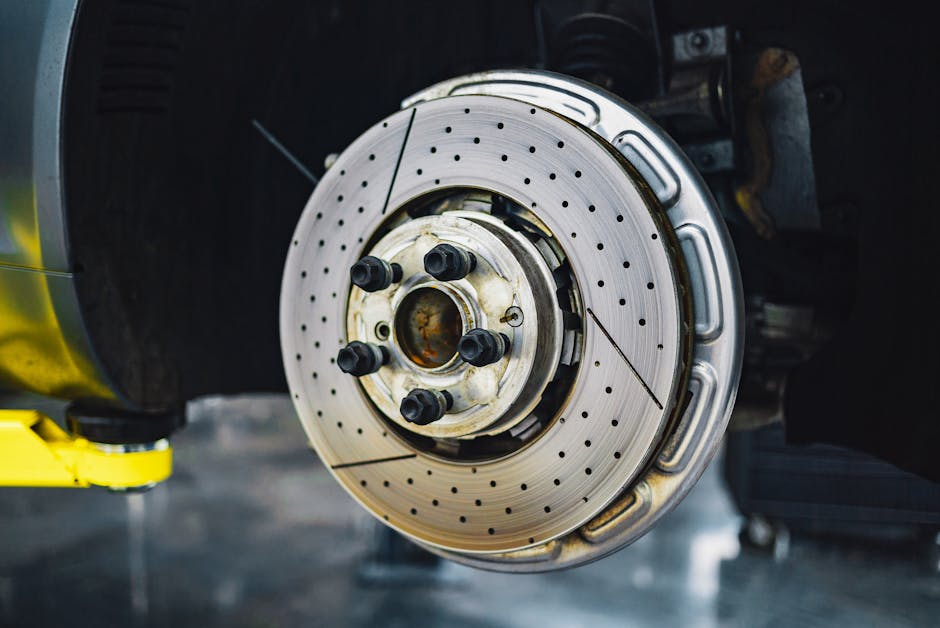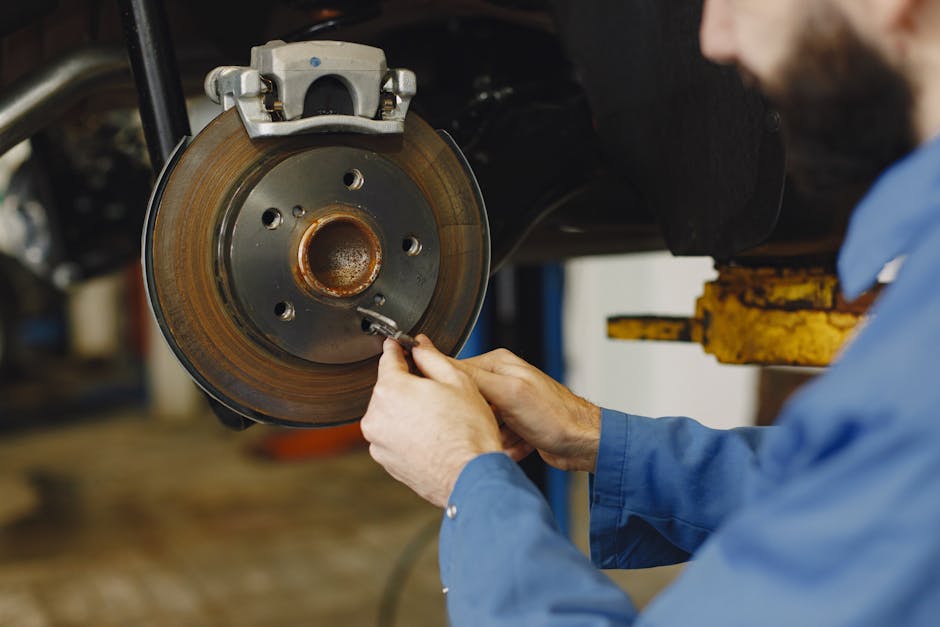How to Repair a Squeaky Brake System
Have you ever heard your brakes squeak? it’s a common sound, but it can be annoying and alarming. Understanding why your brakes squeak and how to fix them can save you time, money, and stress. Lets dive into the world of brake repairs!
Why Are My Brakes Squeaking?

Brakes squeak for several reasons. The most common causes include:
- Worn Brake Pads: Brake pads wear down over time. When they get too thin, they can squeak.
- Dust and Dirt: Dust and debris can build up on your brakes, causing noise.
- Moisture: Rain or humidity can create a thin layer of rust on brake components, leading to squeaks.
- Glazed Brake Pads: Overheating can cause pads to glaze, which makes them less effective and noisy.
So, why worry about squeaky brakes? They can indicate that your brake system needs attention. Ignoring them might lead to bigger problems down the road.
How Do I Know If My Brake Pads Are Worn?

There are several signs to watch for:
- You hear a high-pitched squeal when braking.
- Your brakes feel less responsive than usual.
- You notice a grinding noise when applying the brakes.
- The brake warning light appears on your dashboard.
If you notice any of these signs, it’s time to investigate further. Regular checks can help catch issues early. Don’t wait until it becomes a bigger problem!
Can I Fix Squeaky Brakes Myself?

Yes, many brake issues can be fixed at home! Heres a simple guide to help you through the repair process.
Gathering Your Tools

Before you start, make sure you have the right tools:
- Jack and jack stands
- Lug wrench
- Brake cleaner
- New brake pads (if needed)
- Grease or anti-squeal lubricant
Having everything ready makes the process smoother. it’s like preparing for a DIY project at home.
Step 1: Lift the Vehicle
Start by parking your car on a flat surface. Engage the parking brake for safety. Then, use the jack to lift the car. Always use jack stands for extra security. You don’t want the car to fall!
Step 2: Remove the Wheel
Next, remove the lug nuts with the lug wrench. Take off the wheel to access the brake system. Be careful; lug nuts can be tight!
Step 3: Inspect the Brake Pads
Once the wheel is off, check the brake pads. Look for wear indicators. If the pads are less than a quarter inch thick, it’s time to replace them. If they look good, clean them with brake cleaner to remove dust and dirt.
Step 4: Clean the Brake Components
Spray brake cleaner on the caliper and rotor. This will help remove dust and debris that might be causing the noise. Let it dry completely before moving on.
Step 5: Lubricate or Replace Brake Pads
If you’re keeping the current pads, apply a thin layer of anti-squeal lubricant to the back of each pad. This can help reduce noise. If the pads need replacing, follow the manufacturers instructions to install the new ones.
Step 6: Reassemble and Test
Put the wheel back on and tighten the lug nuts securely. Lower the car and give the brakes a test. Drive slowly at first to see how they feel. Listen for any squeaks!
What If the Squeak Persists?
If the squeaking continues after your repair, don’t panic. Here are a few other things to consider:
- Check the Rotors: They might be worn or warped.
- Brake Hardware: Springs and clips may need inspection or replacement.
- Professional Help: Sometimes, it’s best to see an expert.
don’t hesitate to seek professional help for persistent issues. it’s better to be safe than sorry!
How to Prevent Squeaky Brakes
Prevention is key! Follow these tips to keep your brakes in good shape:
- Regularly check brake pads and rotors.
- Keep your brakes clean from dust and grime.
- Replace brake fluid as recommended.
- Avoid hard braking whenever possible.
Taking care of your brakes can extend their life and keep your ride smooth.
Can Squeaky Brakes Be Dangerous?
Yes, squeaky brakes can be a warning sign of bigger issues. If your brakes fail, it could lead to accidents. Always take brake noises seriously. Better safe than sorry!
Conclusion: Take Action!
Now that you know how to repair a squeaky brake system, you can tackle this issue with confidence. Listen to your car, and don’t ignore the signs. Regular maintenance will keep your brakes healthy and your rides safe.
If you’re interested in learning more about car maintenance, check out our post on car maintenance tips.
Remember, a little effort now can save you a lot of hassle later. Happy driving!



